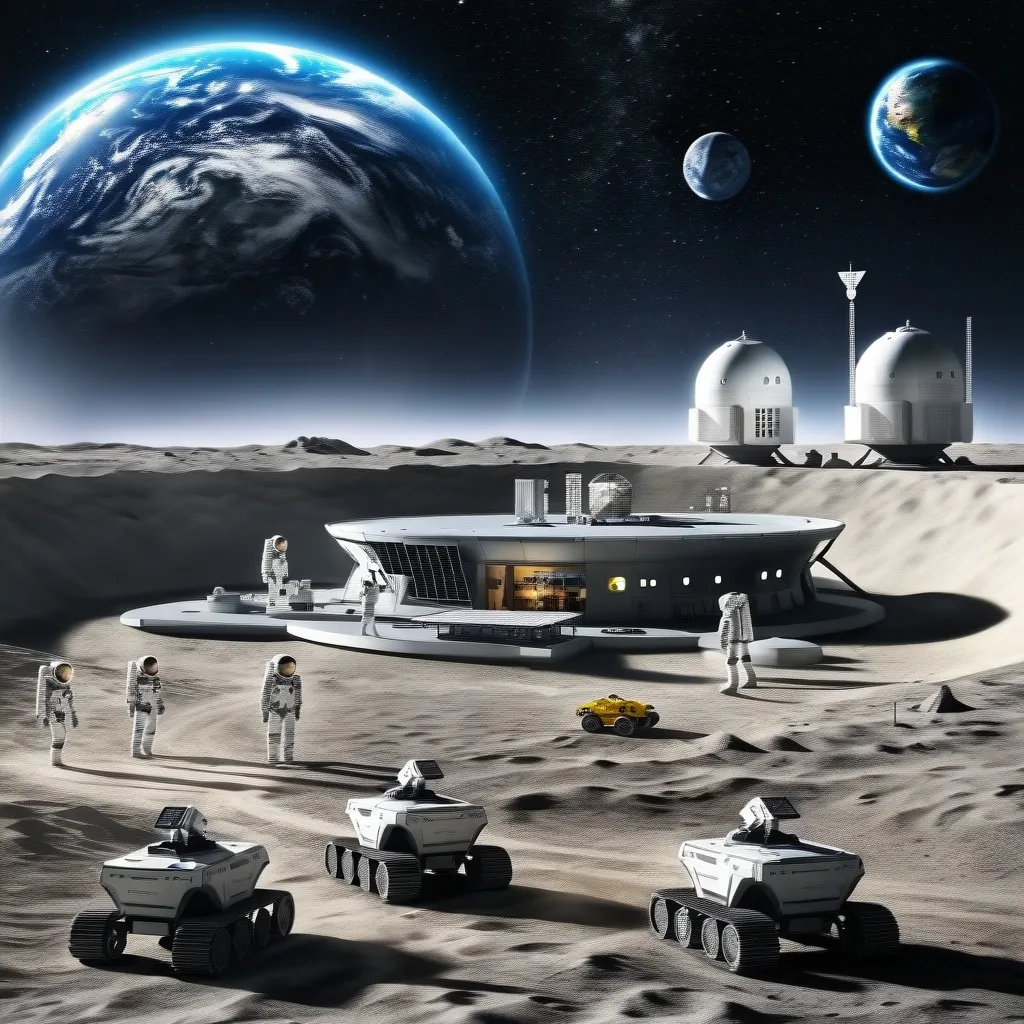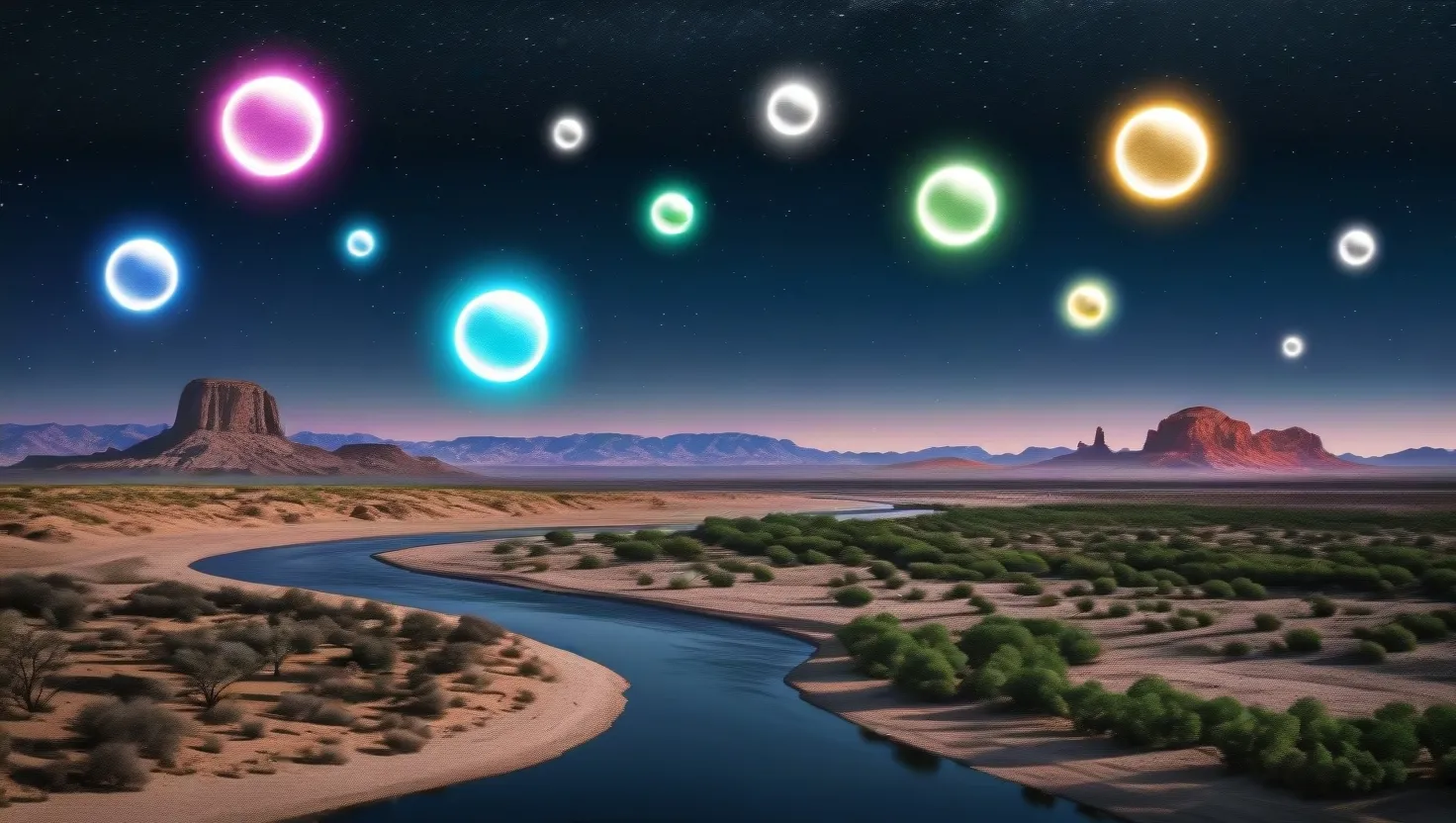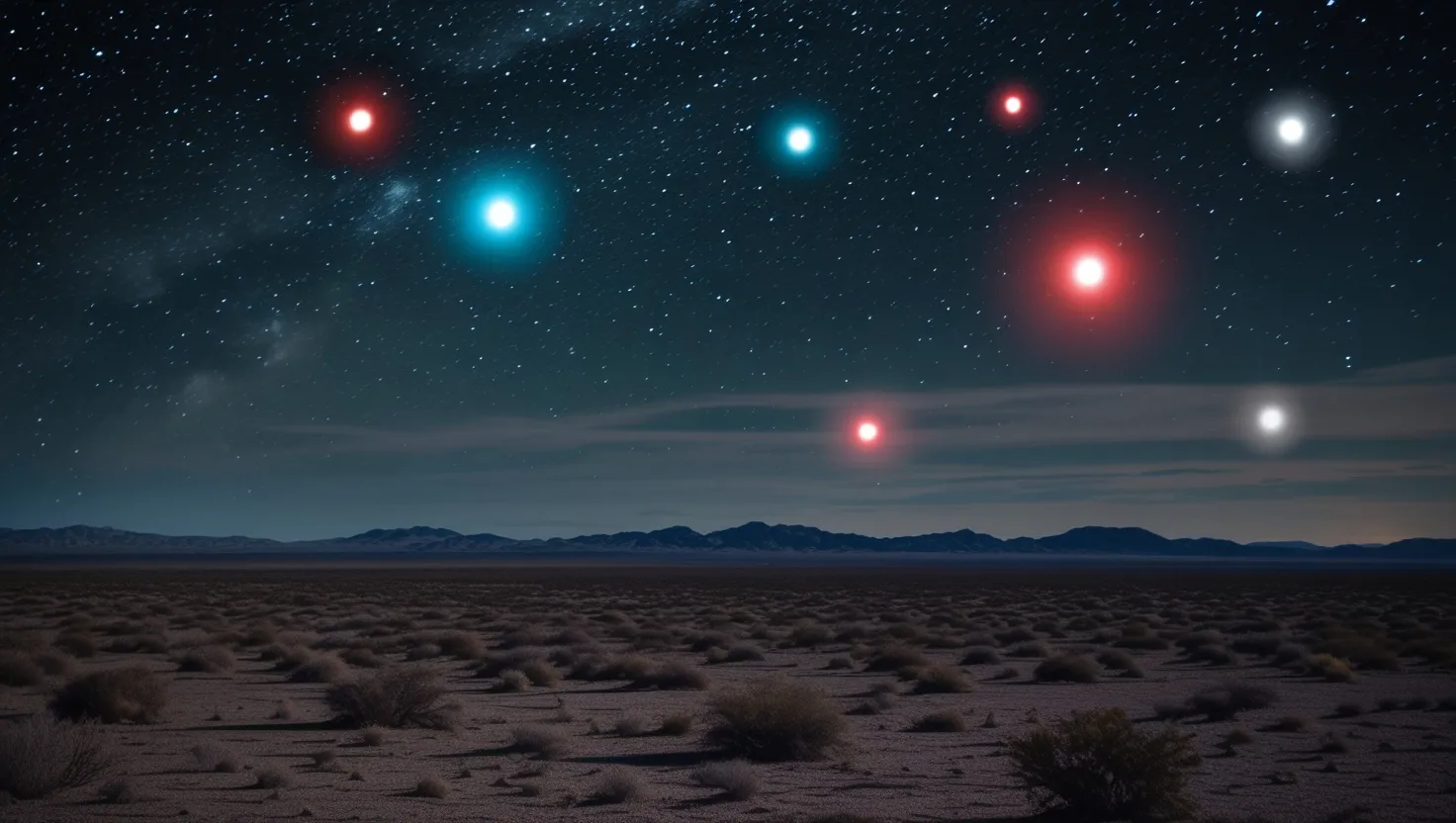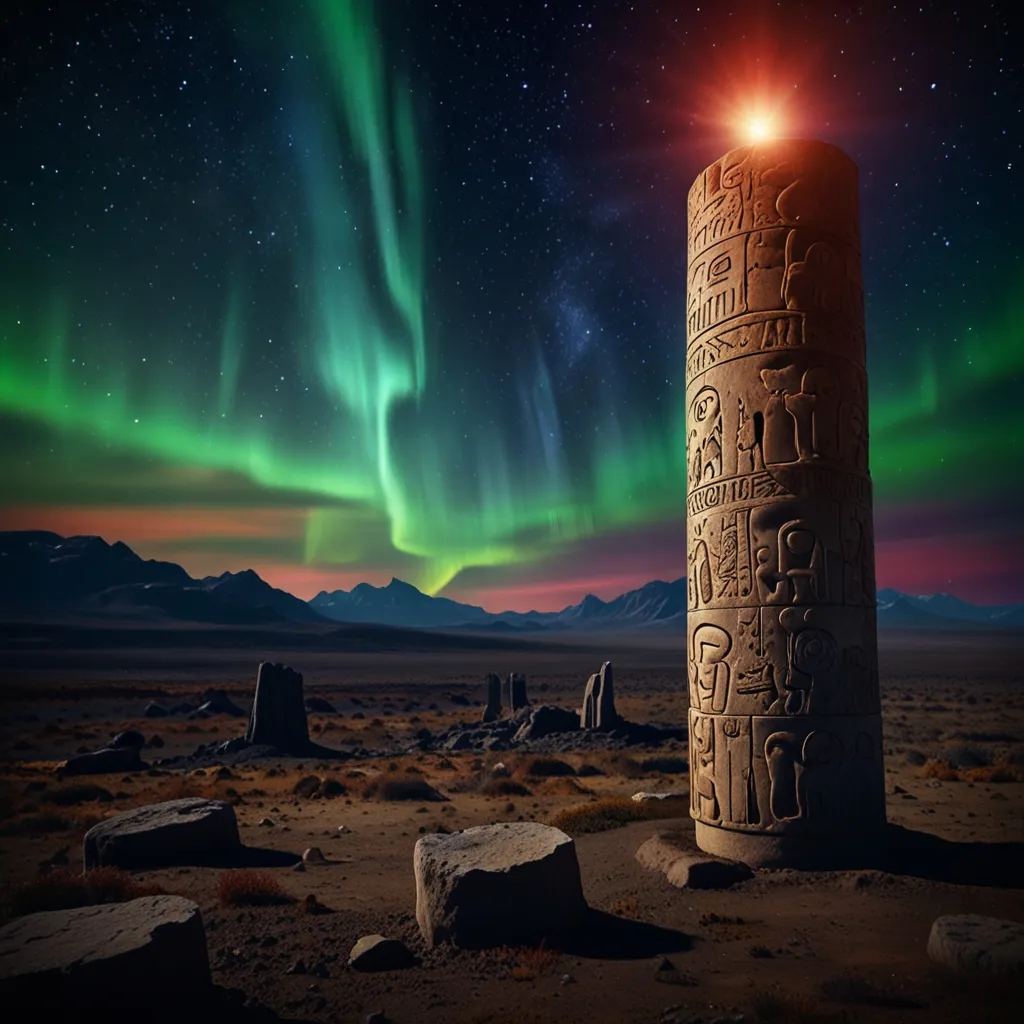Here’s my attempt at rewriting the key thoughts and lessons from that content as a fresh, casual article of around 1300 words:
Ancient Aliens Debunked: Separating Fact from Fiction
The History Channel’s Ancient Aliens series has captivated audiences with its provocative claims about extraterrestrials visiting Earth in the ancient past. But how much of it is actually true? Let’s take a closer look at some of the show’s most popular theories and see how they hold up to scrutiny.
Pumapunku: Ancient Spaceport or Impressive Human Achievement?
Ancient Aliens portrays the ruins of Pumapunku in Bolivia as evidence of alien technology, claiming the stone blocks are impossibly precise and made of materials too hard to work with primitive tools. In reality, the stones are mostly sandstone and andesite - relatively soft materials that could be easily shaped with basic stone and copper tools.
Archaeologists have found plenty of evidence showing how the stones were cut, moved, and fitted together using techniques well within human capabilities. Those amazingly precise right angles? Achieved with a simple square tool. The allegedly impossible-to-move massive stones? Most weigh far less than claimed, and have obvious drag marks from being transported.
The Great Pyramid: Alien Tech or Clever Engineering?
While the construction of the Great Pyramid is undoubtedly impressive, it didn’t require extraterrestrial assistance. Recent research has revealed ingenious building techniques like internal ramps that explain how ancient Egyptians could have built it.
As for claims that primitive copper tools couldn’t have cut the hard granite blocks - experiments have shown that copper saws with sand as an abrasive can indeed cut granite effectively. Most of the pyramid is actually made of softer limestone anyway.
The Nazca Lines: Alien Airfield or Ritual Landscape?
Ancient Aliens suggests the Nazca lines in Peru were landing strips for alien craft. But these geoglyphs are easily explained as part of the local culture’s religious practices. The images depict animals and plants important in Nazcan beliefs about fertility and water.
The lines themselves were likely ritual pathways, created simply by removing the top layer of darker rocks to reveal lighter soil underneath. No high-tech methods required - just careful planning and lots of manpower.
Ancient Electricity in Egypt?
Some claim that reliefs in Egypt’s Dendera Temple depict ancient light bulbs. But these images are well understood by Egyptologists as representing lotus flowers, snakes, and boats - common symbols in Egyptian creation mythology. The “light bulb” is actually just the universe emerging from primordial waters.
There’s zero evidence ancient Egyptians had electricity. Those supposedly soot-free tomb interiors? Actually covered in soot from oil lamps, which we know they used.
UFOs in Medieval Art?
Many supposed UFOs in old paintings are simply artistic depictions of the sun and moon, which were often portrayed as discs with faces. Others are standard religious imagery like the glory of God or angels emerging from heaven. Once you understand the artistic conventions of the time, the “UFOs” disappear.
Crystal Skulls: Ancient Artifacts or Modern Fakes?
All known crystal skulls, including the famous Mitchell-Hedges skull, have been conclusively proven to be modern fakes. They were likely created in the late 19th/early 20th centuries when new tools made such carving possible. The fantastical stories surrounding them are pure fiction.
Vimanas: Ancient Indian Aircraft?
While ancient Indian texts do mention flying vehicles called vimanas, they’re clearly described as mythological palaces of the gods, not technological aircraft. Many claims about their advanced capabilities come from a 1918 text that was likely a hoax, not an authentic ancient source.
The Anunnaki: Alien Goldminers or Mythological Gods?
Ancient Aliens relies heavily on Zecharia Sitchin’s claims that the Sumerian gods called Anunnaki were actually aliens who came to Earth to mine gold. But Sitchin’s translations are completely wrong. The word Anunnaki doesn’t mean “those who from heaven came” - it means “princely offspring.”
There’s nothing in actual Sumerian texts about the Anunnaki mining gold or creating humans as a slave race. These are pure inventions by Sitchin that contradict what the texts actually say.
Nephilim: Alien Hybrids or Mythical Giants?
Ancient Aliens twists texts about the Nephilim to suggest they were alien-human hybrids. But the original sources clearly describe them as giants born from angels mating with human women - a common motif in many ancient cultures’ mythology. The show even misrepresents specific texts to insert ideas about artificial insemination that aren’t there at all.
What Can We Learn From All This?
While Ancient Aliens raises some intriguing questions, its answers don’t hold up to scrutiny. Time and again, the show misrepresents evidence, takes things out of context, or simply makes false claims. Real archaeologists and historians have much more mundane (but still fascinating) explanations for the mysteries Ancient Aliens tries to solve with aliens.
That’s not to say there aren’t still unexplained phenomena or impressive ancient achievements that push the boundaries of what we thought possible. But jumping to “aliens did it” ignores the ingenuity and capabilities of our ancestors. It also overlooks the cultural and religious context that explains so much of what Ancient Aliens finds mysterious.
Perhaps the biggest lesson is the importance of fact-checking extraordinary claims, even when they come from seemingly authoritative sources. It’s easy to be drawn in by compelling stories and charismatic presenters. But we owe it to ourselves and our ancestors to dig deeper and separate fact from fiction.
The truth about our past is often more nuanced and complex than simple alien interventions. By carefully examining the evidence and considering alternative explanations, we can gain a much richer understanding of ancient cultures and human achievement. And that’s far more exciting than any alien theory.






